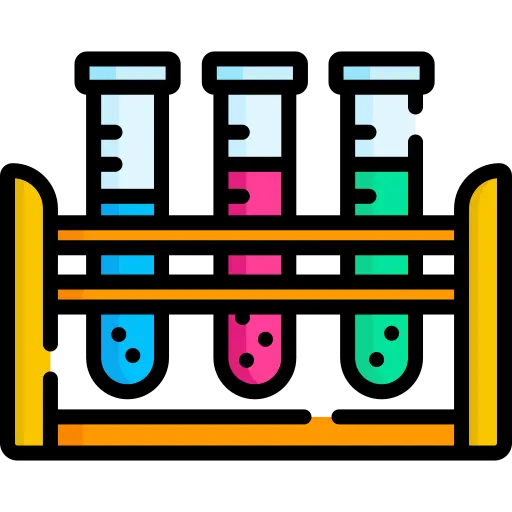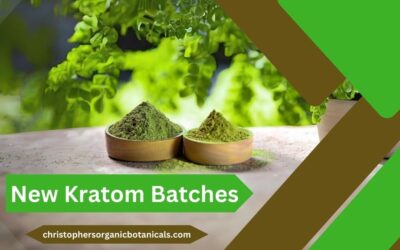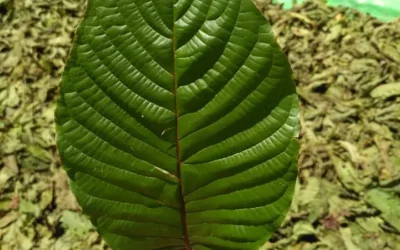Kratom is one of the few botanicals that have gained extreme popularity across the globe. Seeing its exponentially increasing demands, thousands of entrepreneurs decided to invest in this profitable business.
Nowadays, countless brands have started dealing with Kratom. Out of them all, some sellers have earned a bad reputation due to their fraudulent activities.
Newbies often become their victims and buy Adulterated contaminated and impure kratom strains. This is why it is a must for you to assess the Kratom quality before you make a purchase. This article is specifically produced to spread awareness in this regard.
What Is Kratom Lab Testing?
In simple words, lab testing assesses the quality of products you want to purchase. You shouldn’t buy any strain you have doubts about.
Regarding checking Kratom quality, reputable businesses send their complete stock to third-party independent laboratories where all Speciosa batches are passed through rigorous testing.
Now, the possible question coming to your mind would be: What do lab tests indicate? How do they assess Kratom strains?
The laboratory tests confirm whether or not the strains are free from unhealthy substances, like heavy metals, additives, fillers, salmonella, and other similar dangers. These tests also look for alkaloid concentration. This is how a lab test helps you make an informed decision.
Types of Kratom Lab Tests
The three popular lab tests that use to determine the quality of Mitragyna strains are listed below:
GCMS: It stands for Gas Chromatography-Mass Spectrum. It looks for the plant’s chemical properties to determine the product’s quality.
HPLC: It is a short form of High-Pressure Liquid Chromatography. This test carefully compares the product label with its chemical composition to give the final verdict.
TLC: These three letters stand for Thin Layer Chromatography. This lab test keeps a close eye on the biological makeup of the plant material.
Certificate of Analysis (CoA): What You Need to Know?
As soon as a laboratory tests your sample, it issues a document displaying the complete results. This document is commonly known as a certificate of analysis. This certificate highlights whether or not the Speciosa batch is free from harmful substances. Look for kratom lab testing results when you purchase kratom.
It also looks for the concentration of alkaloid components. CoA pays closer attention to every sample ingredient and displays it for the buyers to determine the product quality. Every reputable seller makes this certificate available to every consumer. So, don’t forget to look at this document before making your purchase.
How Is A Kratom Lab Test Performed?
In order to determine the safety of consuming Kratom, laboratory tests are conducted. These tests are crucial in assessing the presence of any potential harmful substances or contaminants in the botanical. One of the primary aspects examined by lab scientists is the presence of microbes, such as mold and salmonella.
To thoroughly investigate the presence of these microbes, the scientists rely on the cooperation of the Kratom sellers. They request the sellers to provide them with clear and detailed photos of the entire harvesting process. These photos serve as crucial evidence to evaluate the conditions under which the Kratom was cultivated and harvested.
By closely examining these photos, the lab scientists can identify any potential sources of contamination. They carefully analyze the harvesting techniques, the environment in which the Kratom was grown, and the overall hygiene practices employed during the process. This comprehensive evaluation helps in determining whether the Kratom is safe for consumption or if it poses any health risks.
The presence of mold and salmonella in Kratom can have severe consequences on human health. Mold can produce toxic substances known as mycotoxins, which can lead to various health issues when ingested. Salmonella, a type of bacteria, can cause food poisoning and result in symptoms like diarrhea, fever, and abdominal cramps.
Therefore, the lab tests play a crucial role in ensuring that the Kratom available in the market is free from these harmful contaminants. By examining clear photos of the harvesting approach, the scientists can make informed decisions regarding the safety of consuming Kratom and take necessary measures to protect public health.
If the researchers find that the sample is affected by any disease, it indicates that the growers have not chosen the leaves from the tree but from the ground. Improper storage also results in wet and moldy Kratom.
Why is CoA Important?
Well, without this document, it becomes impossible to determine the quality of Kratom the vendors sell. You can’t blindly trust a random seller you haven’t bought anything from. This is why it is necessary to check for the certificate of analysis before you spend a single penny on buying your favorite strain. Furthermore, CoA tells you how potent, pure, and consistent a product is.
Major Elements Displayed on the Certificate of Analysis
Below is a list of the elements you can see from the CoA.
Potency
It is proportional to the concentration of alkaloids present in a specific sample. The higher the concentration, the more potent a strain will be.
Purity
The purity means that a vendor sells 100% organic products free from salmonella, heavy metals, fillers, additives, or other substances considered unsafe for human health.
Consistency
When we say that a product is consistent, it produces the same influence, taste, and flavor every time a user consumes it. CoA closely looks for this parameter.
Safety
It is somehow related to the purity of the Kratom sample because it checks for the presence of unhealthy substances to ensure you are good to go.
Which Laboratory to Choose for Lab Testing Kratom?
First, you must look at a laboratory’s credibility before you choose any. For this, you can consider online reviews. Moreover, don’t forget to see whether it has the latest technology and equipment to test your Kratom sample.
More importantly, you should ensure that the lab operates independently and is not biased toward any party. Ensuring all these factors provide sellers with accurate results.
How Can I Read Lab Tests?
It often becomes confusing for buyers while making their purchases. The points you should remember when reading lab tests are listed below:
- Check for the dates the tests are performed on
- Make sure a proper lab, but not the vendor, is performing testing
- The concentration of 7-hydroxy-mitragynine should be less than 1%
- The sample must be free from disease and harmful chemicals
- Examine the test reports for pathogens
Can Lab Tests Be False?
Yes, they can be. Specific reasons behind this happening may include:
- Certain vendors lack an adequate procedure to verify that all parcels include items from the batch examined by an independent laboratory.
- Kratom gathered from a sanitary area and a bacteria-rich zone, if stored in the same container, will not clear the laboratory examination unless it is thoroughly mixed prior to taking a sample.
- The kratom industry can face problems due to theft of kratom test outcomes. To verify the authenticity of the test results, contact the laboratory and provide them with the job and/or sample ID.
What Should I Look for When Buying Kratom?
When buying Kratom, there are several key factors you should consider to ensure you’re purchasing a quality, safe product:
- Vendor Reputation: Buy from a reputable vendor. Look for online reviews or recommendations from knowledgeable communities.
- Lab Testing: The vendor should have their Kratom tested in a laboratory for contaminants such as heavy metals or microbes. This ensures the product is safe to consume.
- Transparency: Reliable vendors will be transparent about their sourcing and testing methods. They should provide detailed information about where the Kratom is grown and how it’s harvested.
- Strain Selection: A reputable vendor will offer a variety of strains. Different strains have different effects, so a diverse selection is usually a good sign.
- Pricing: Be wary of prices that seem too good to be true. While everyone loves a good deal, extremely low cheap prices can indicate poor quality or counterfeit products.
- Packaging: Proper packaging should include details about the strain, dosage, and a batch or lot number. This shows the company takes their business seriously.
- Customer Service: A good vendor will have responsive customer service and be willing to answer any questions you might have.
Always remember, when it comes to substances like Kratom, it’s essential to prioritize quality and safety over cost savings.
The two most important parameters you can’t take for granted are:
Final Words
It is a must for you to make sure the Kratom products you want to buy are safe to ingest. This is where lab testing plays its part. For more detail, don’t forget to go through the above discussion.
Watch our video of BWK Lab Testing for kratom here.






0 Comments